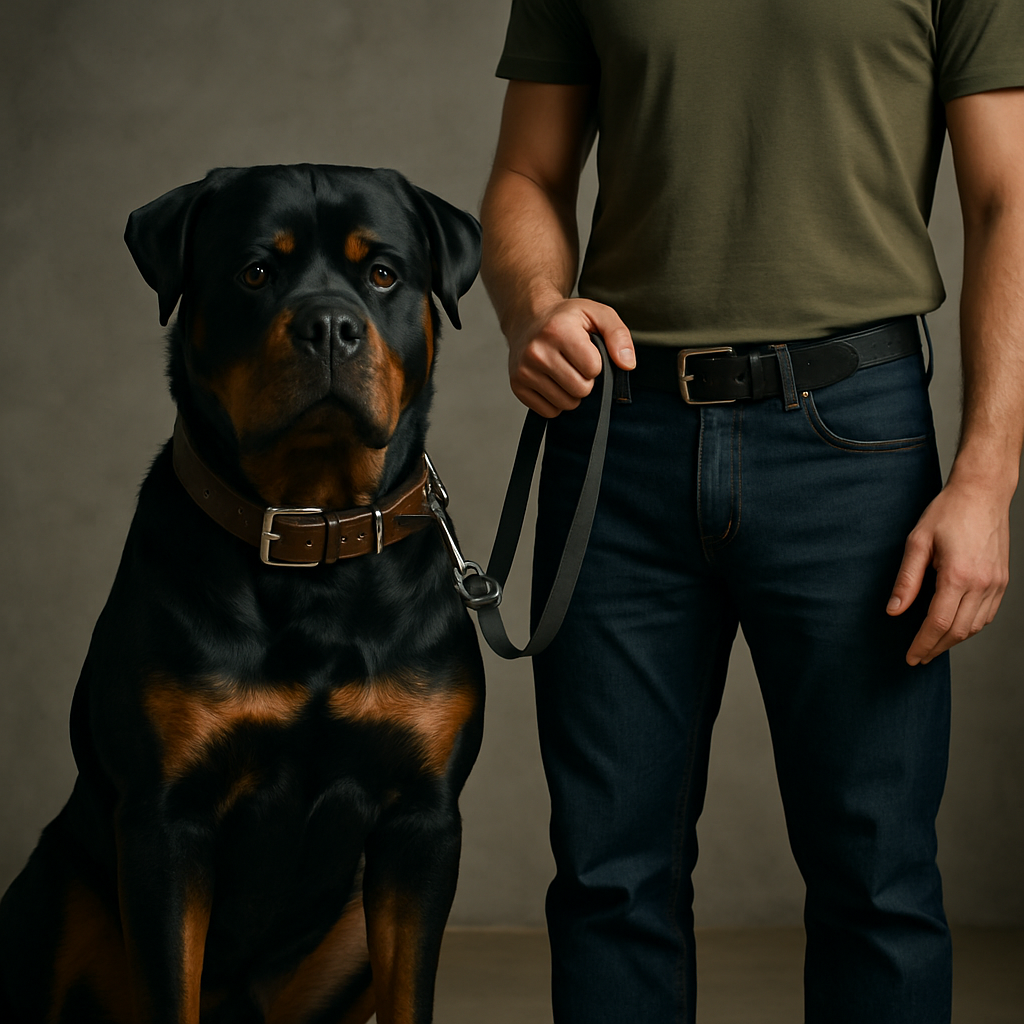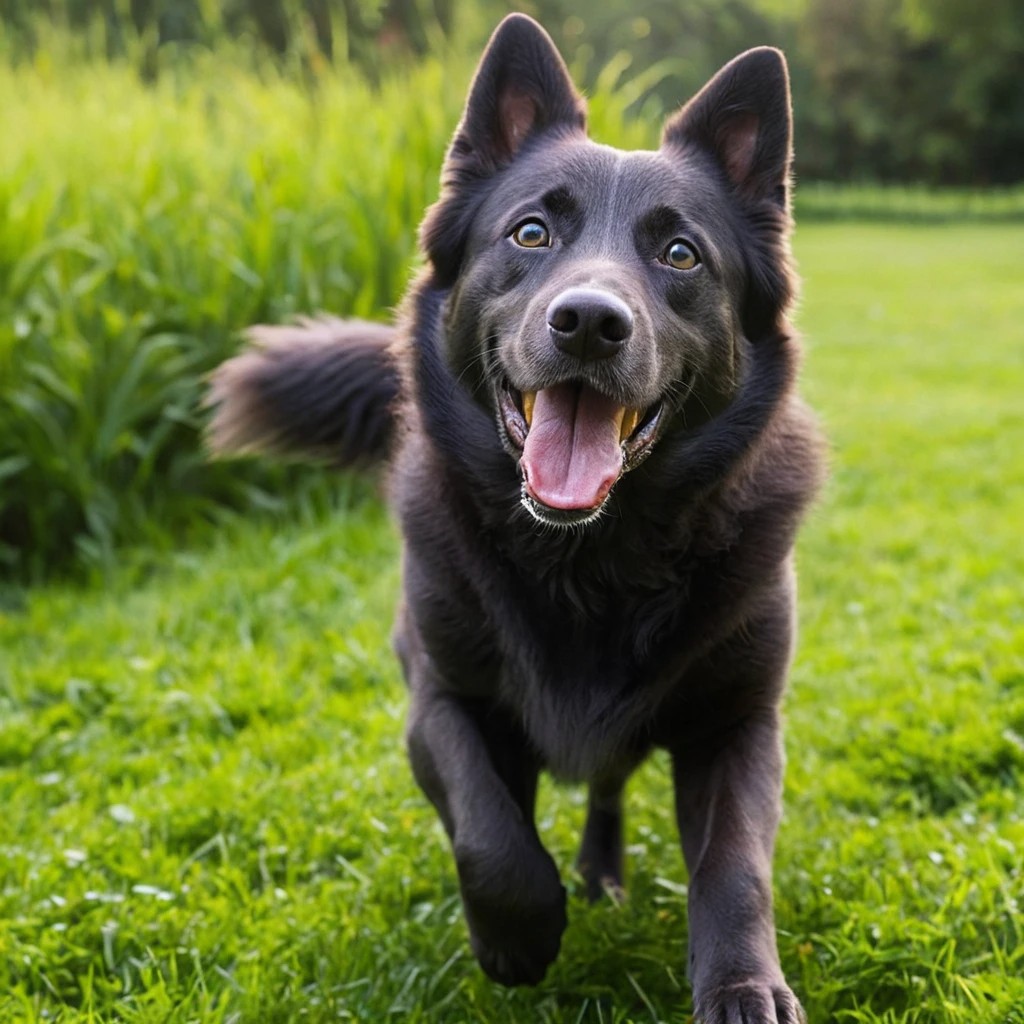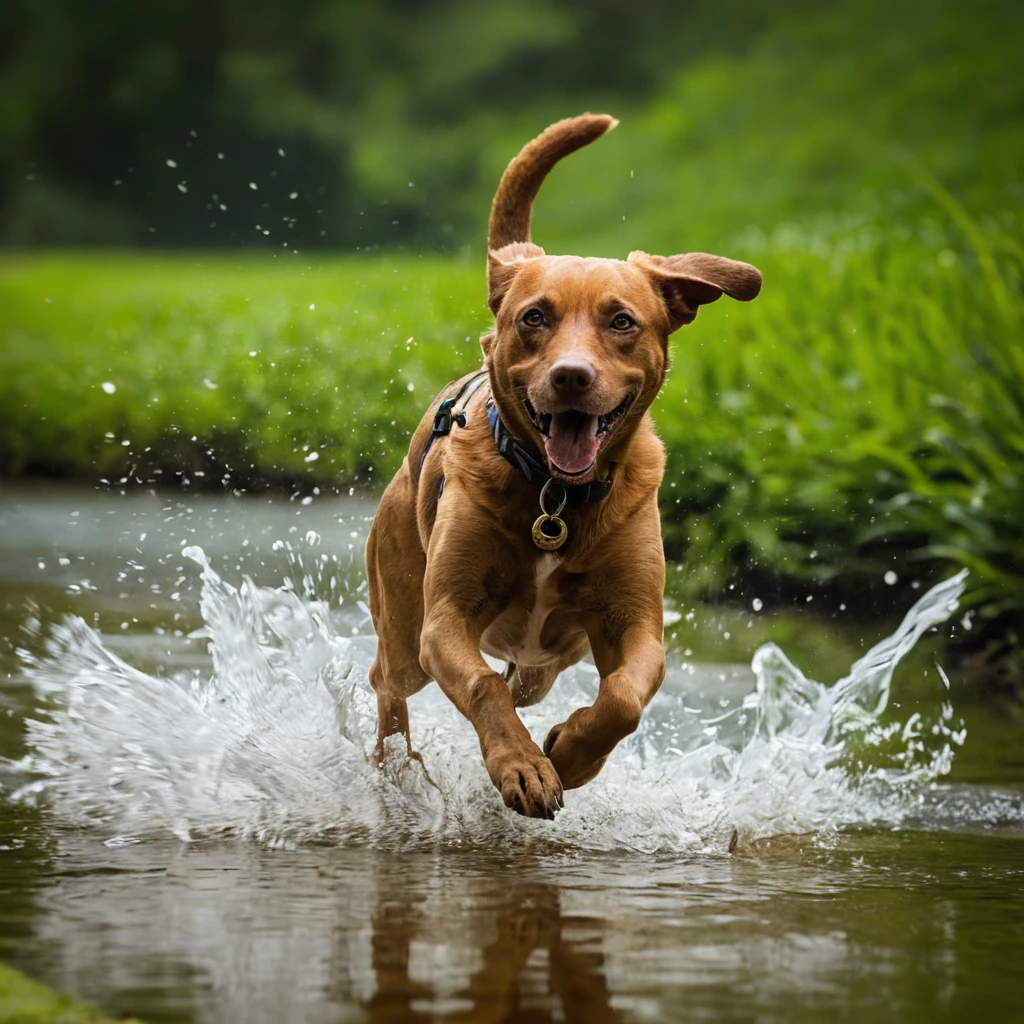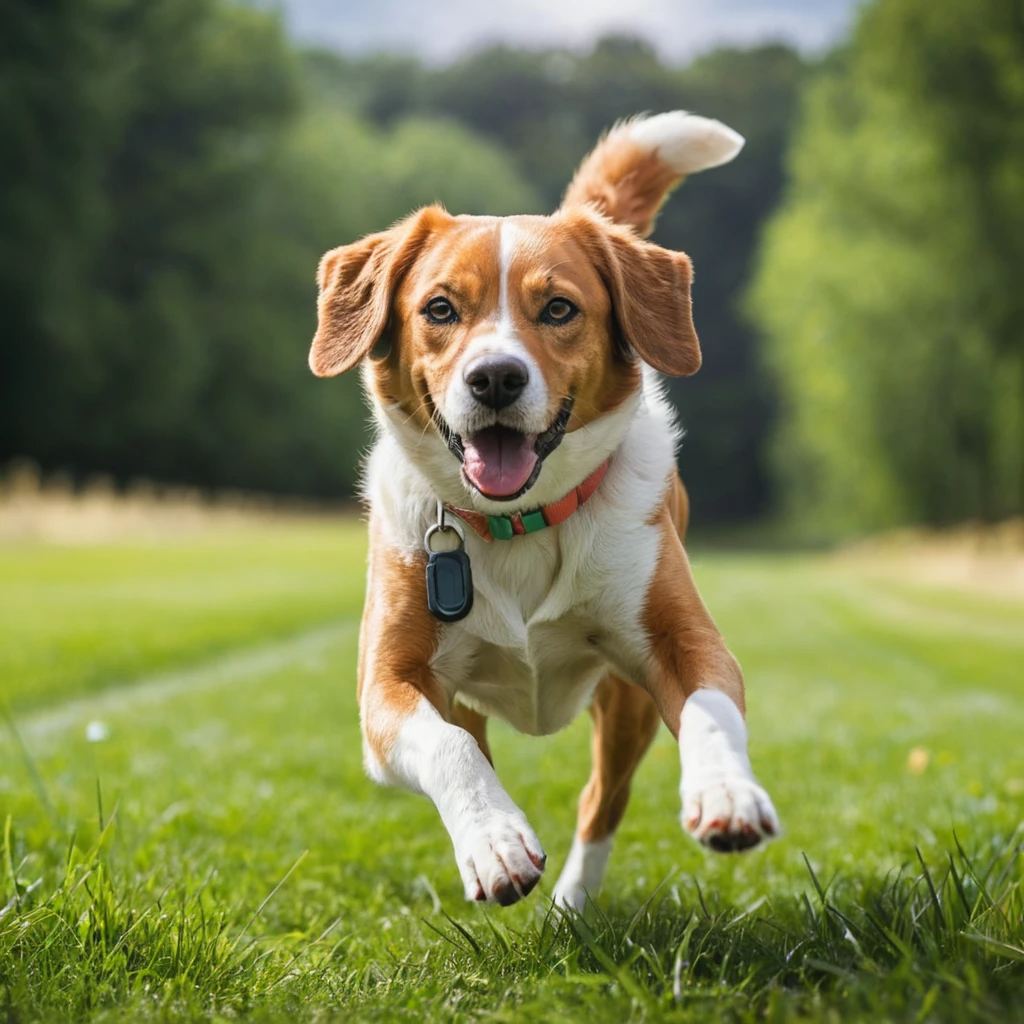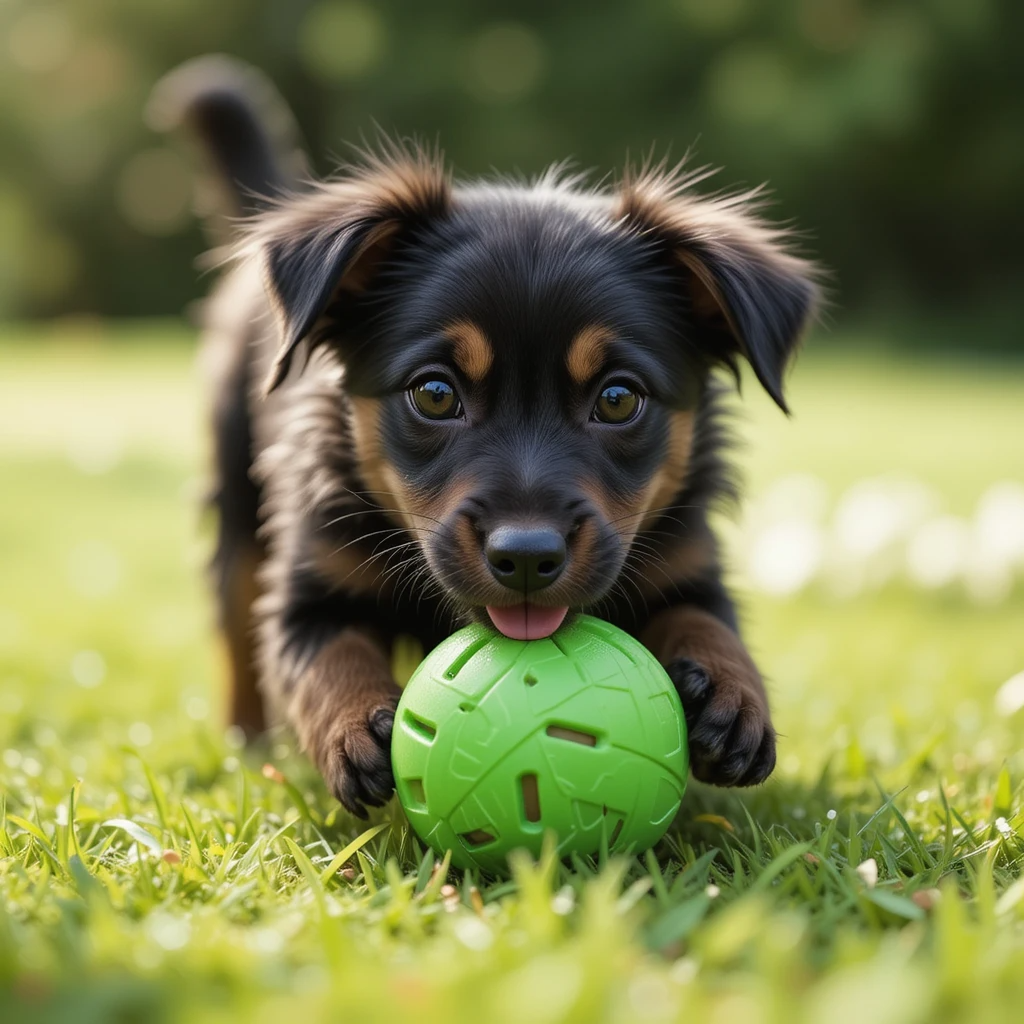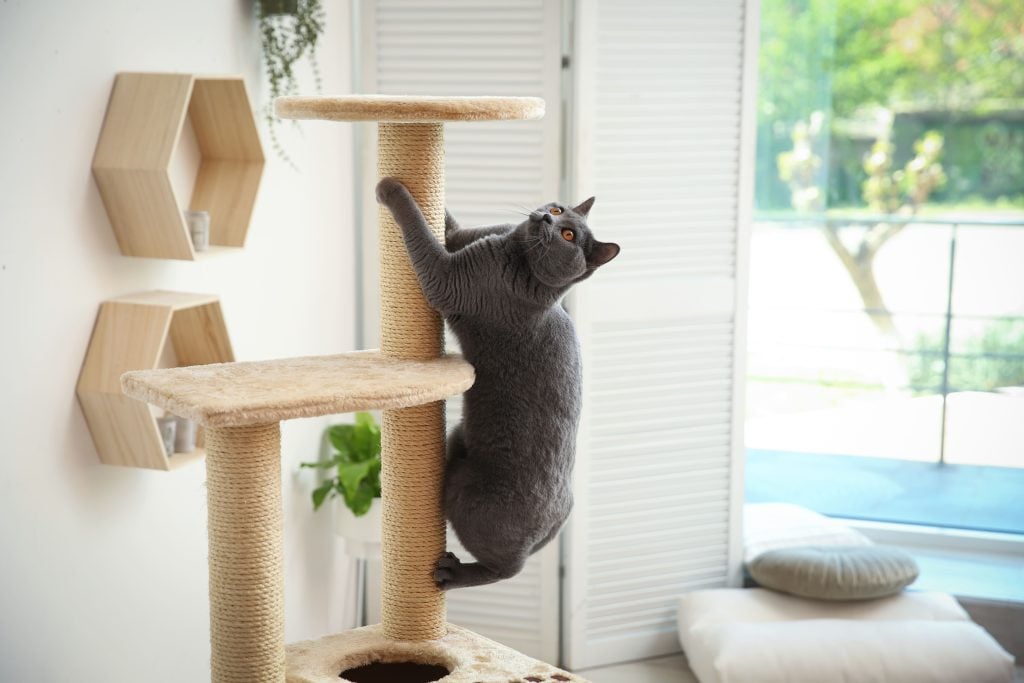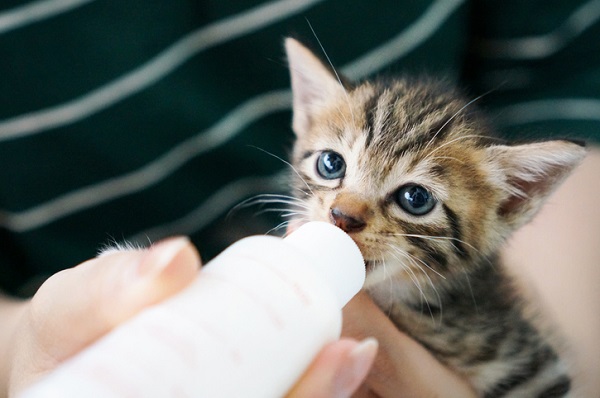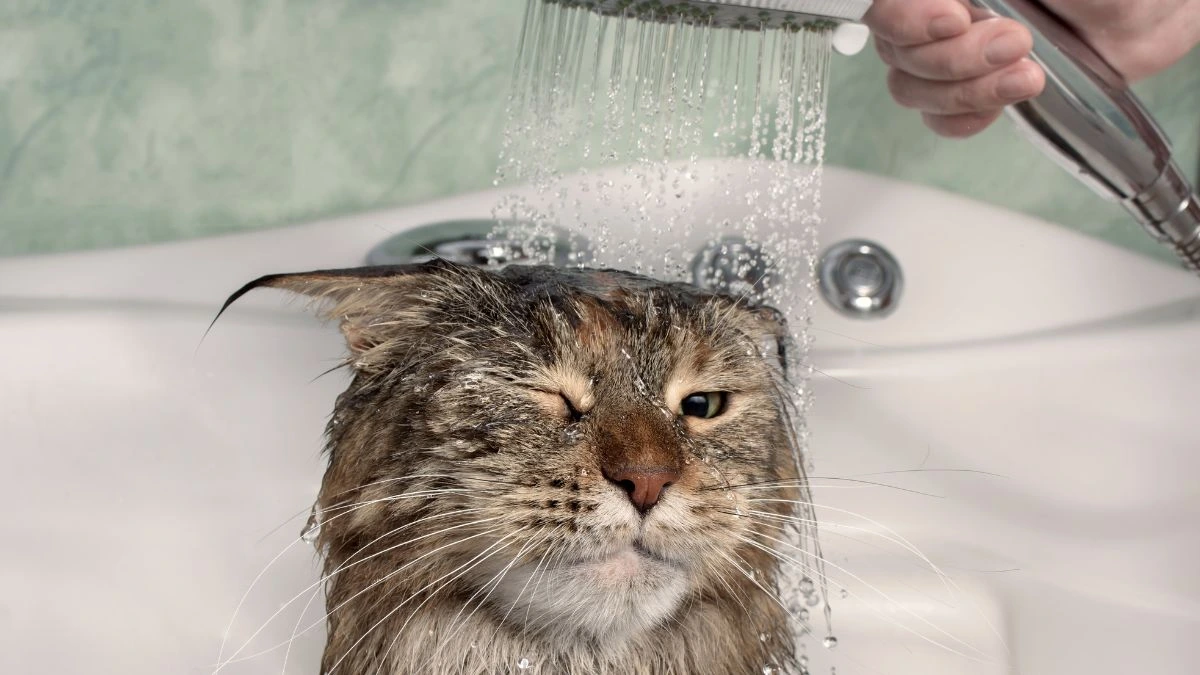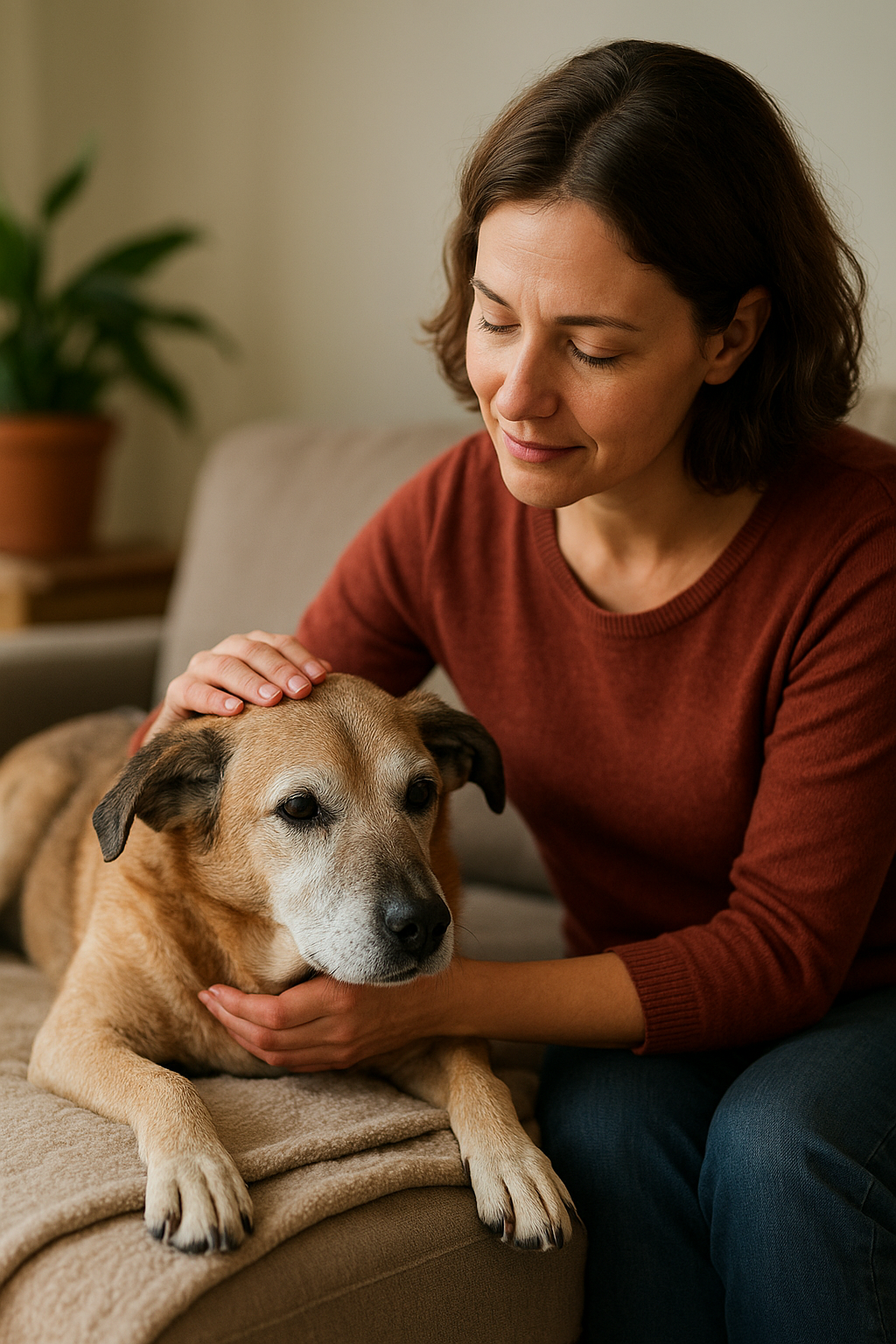O Poder de um Treinamento Adequado
Criar uma raça naturalmente poderosa ou “feroz” — como Rottweiler, Cane Corso ou Boerboel — é um desafio único que exige comprometimento, conhecimento e inteligência emocional. Esses cães foram criados para proteger, guardar e, às vezes, lutar. Mas, sob a orientação certa, tornam-se não apenas excelentes protetores, mas também membros amorosos da família, gentis com crianças e companheiros obedientes.
Neste artigo, vamos explorar como treinar uma raça forte e potencialmente agressiva para que se torne um guardião equilibrado, estável e leal — e não um problema. Seja você um tutor de primeira viagem (o que não é recomendado para essas raças) ou alguém experiente, este guia completo fornecerá as ferramentas para criar seu cão com confiança e cuidado.
Capítulo 1: Escolhendo a Raça Certa Para Você
Antes de levar um cão de guarda para casa, pergunte a si mesmo:
- Tenho experiência anterior com raças dominantes?
- Estou pronto para me comprometer com treinamento, passeios e estrutura diária?
- Entendo a linguagem corporal e o comportamento canino?
- Posso arcar com alimentação de qualidade, cuidados veterinários e, possivelmente, serviços de adestramento?
Algumas raças são mais manejáveis do que outras. Por exemplo:
- Dobermans e Rottweilers costumam ser mais dispostos a agradar.
- Cane Corsos e Boerboels são mais dominantes e exigem liderança firme.
- Presa Canarios e Tosa Inus podem ser reativos e não são para os fracos de coração.
Escolha uma raça que combine com seu nível de energia, experiência e estilo de vida.
Capítulo 2: Socialização Precoce — A Base de Todo o Treinamento
O período mais importante do desenvolvimento do seu cão é entre 8 e 16 semanas de vida. Nesse momento crítico, ele forma impressões do mundo que duram para sempre.
Objetivos da Socialização:
- Apresente seu cão a pessoas de todas as idades, outros animais, carros, bicicletas, estranhos e ambientes barulhentos.
- Torne cada experiência positiva. Use petiscos, elogios e brinquedos.
- Evite experiências traumáticas, que podem gerar agressividade por medo no futuro.
Atenção:
Um cão que não é socializado desde cedo pode crescer com medo, reatividade e se tornar perigoso — especialmente em raças naturalmente protetoras.
Capítulo 3: Obediência Primeiro, Proteção Depois
Um erro comum entre tutores de cães de guarda é treinar proteção antes de firmar a obediência. Isso pode resultar em um cão que reage com agressividade sem controle.
Comece com Comandos Básicos:
- Senta
- Fica
- Aqui (ou vem)
- Deita
- Junto
- Larga
Use reforço positivo (petiscos, brinquedos, elogios) para criar confiança e comunicação. Quando seu cão obedecer com segurança em diversos ambientes, aí sim considere um treinamento de proteção avançado — mas nunca antes.
Dica:
Se você não é um adestrador profissional, evite ensinar mordida ou exercícios de agressividade. Deixe isso para especialistas certificados.
Capítulo 4: A Importância da Liderança e da Estrutura
Cães são animais de matilha. Eles prosperam em hierarquias claras, onde as regras são consistentes e a liderança é justa. Se você não liderar, seu cão pode tentar assumir o comando — e, em raças poderosas, isso é perigoso.
Como Ser um Bom Líder:
- Controle o acesso a recursos (comida, brinquedos, carinho).
- Estabeleça limites (sem pular, sem latir excessivamente, sem brincadeiras brutas dentro de casa).
- Seja calmo e assertivo — nunca agressivo ou emocional.
- Recompense o comportamento calmo, não a agitação.
Erro Comum:
Deixar o cão andar à frente na guia, entrar nas portas antes de você ou exigir atenção o tempo todo. São pequenos sinais de domínio que se acumulam.
Capítulo 5: Estímulo Mental e Exercício Físico
Raças poderosas precisam de mais do que uma caminhada diária. Elas precisam de propósito.
Atividades Mentais:
- Treinos de obediência
- Jogos de rastreamento e olfato
- Alimentadores interativos
- Esportes como agility ou proteção (IPO, Ring Francês)
Atividades Físicas:
- Caminhadas ou trilhas longas
- Corrida ou bicicleta ao lado do tutor
- Brincadeiras de cabo de guerra (com regras!)
- Percursos com obstáculos no quintal
Sem estimulação suficiente, esses cães ficam frustrados, entediados e podem se tornar destrutivos ou agressivos.
Capítulo 6: Corrigindo Comportamentos Sem Força
Cães dominantes ou reativos precisam de disciplina — mas isso não significa punição.
Correções Eficazes:
- “Time-out”: remova o cão da situação.
- Toques leves com a guia no momento certo.
- Retirar atenção ou petiscos diante de comportamentos indesejados.
Ineficaz e Perigoso:
- Bater, gritar ou usar ferramentas dolorosas (coleiras de choque ou de pinos).
- Rolar o cão à força (“alpha roll”) ou usar métodos baseados em dominação.
Por que isso importa:
O medo cria insegurança. Um cão de guarda inseguro é muito mais perigoso do que um confiante.
Capítulo 7: Cão de Guarda vs. Cão de Família — É Possível Ter os Dois?
Com certeza. Alguns dos cães de aparência mais feroz são verdadeiros bebês com sua família humana. A chave é treinar desde cedo e estabelecer limites claros.
Estratégias Para Ter um Cão de Guarda e de Família:
- Não incentive agressividade dentro de casa. Deixe o cão observar e alertar, mas você deve controlar a resposta.
- Ensine comandos como “lugar” ou “caminha” quando houver visitas.
- Nunca deixe o cão decidir quem é uma ameaça — isso é sua responsabilidade.
- Recompense o comportamento calmo quando alguém bater à porta.
Melhores Raças de Guarda Para Famílias:
- Rottweiler
- Doberman
- Boxer
- Schnauzer Gigante
- Pastor Belga Malinois (para famílias ativas)
Capítulo 8: Trabalhando com Adestradores Profissionais
Mesmo tutores experientes se beneficiam de trabalhar com um adestrador qualificado — especialmente com raças protetoras.
O Que Procurar:
- Métodos positivos e equilibrados (não baseados em punição)
- Experiência com raças de trabalho
- Referências ou certificações (IAABC, IACP, CPDT-KA, etc.)
- Disposição para ensinar você, não só o cão
Evite:
- Adestradores que usam medo, intimidação ou “teoria do alfa”
- Qualquer um que “garanta” eliminar agressividade em uma única sessão
Capítulo 9: Responsabilidades Legais e Sociais
Ter um cão conhecido por ser “feroz” ou protetor envolve responsabilidades reais no mundo.
Conheça as Leis Locais:
- Legislações específicas por raça (algumas raças são proibidas ou restritas)
- Leis de uso de guia e focinheira em público
- Seguro de responsabilidade civil (obrigatório em algumas regiões)
Seja um Bom Vizinho:
- Controle latidos
- Supervise as interações com visitantes
- Nunca deixe seu cão solto ou se aproximar de pessoas sem permissão
Conclusão: Força Com Compaixão
Criar um cão poderoso e potencialmente feroz não se trata de controle por medo ou força bruta. Trata-se de construir uma parceria baseada em respeito, confiança e clareza.
Esses cães não são máquinas. São seres emocionais, inteligentes e complexos que prosperam sob liderança firme e gentil. Treine cedo. Estabeleça regras. Seja consistente. E, acima de tudo — ame profundamente.
Um cão de guarda bem treinado não é apenas um protetor. Ele é seu espelho, sua sombra e uma das criaturas mais leais que você jamais conhecerá. 🐾

